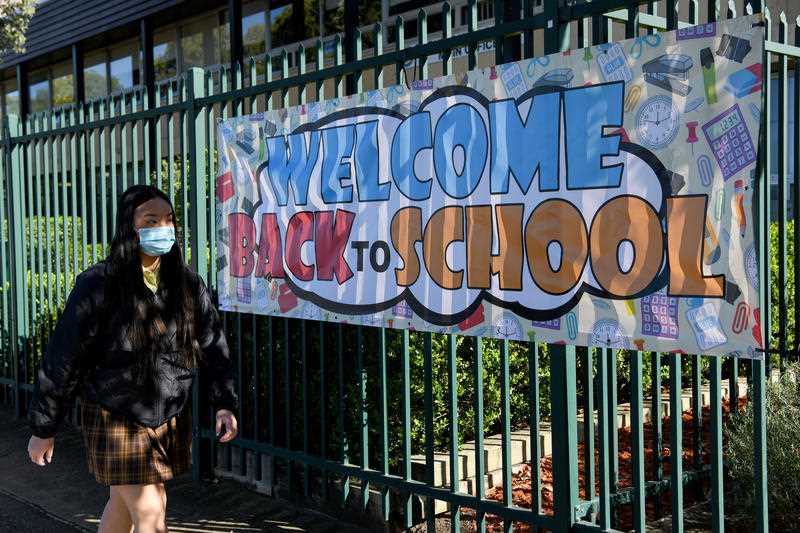NSW has again recorded its deadliest day of the COVID-19 pandemic, with 49 deaths in the 24 hours to 8pm on Friday.
The toll also follows Friday’s announcement of an additional 35 fatalities in the state’s aged care facilities that were slow to inform local health authorities over the past month.
More than 250 NSW deaths have been reported in the past seven days.
Officials say 13,354 new virus cases were detected in NSW in the latest reporting period. Of them, 5426 were self-determined via rapid antigen tests and 7928 were as a result of PCR tests in labs.
The state is now managing 157,548 active cases or 9350 fewer than on Friday.
The number of NSW hospitalisations also continues to ease, with 2693 patients in care, down from 2737 on Friday. Of these, 186 are in ICUs and 73 require ventilation.
Meanwhile, more than eight million rapid antigen tests have been distributed to over 3000 NSW schools ahead of the start to term one.
Education secretary Georgina Harrisson says the task has been “one of the most challenging logistical undertakings in recent memory”.
Parents should already have been informed of how to collect RATs before the first day of classes for public school students on Tuesday.
Those attending private schools went back on Thursday.
The government released its back-to-school plan last weekend, with advice that all students take a rapid test before the first day of term.
As criticism grew over the distribution of tests around the state, Premier Dominic Perrottet said on Thursday there was “never a requirement” for students to be rapid tested on day one.
Department staff have been volunteering their time, some delivering test kits to schools in their own cars, while one school used a ferry to get kits to families.
The back-to-school plan says testing will continue twice a week for the first four weeks of term.
The premier said on Friday as school returned and people went back to the office there was “no doubt” case numbers would increase.
He added that the “health care system, hospitalisations and ICU were in a “strong position” to handle a possible surge.
“Living alongside the virus means there will be cases of the virus in the community each and every day,” Mr Perrottet said.
“When mobility increases, case numbers increase. That is the model we’ve moved to in NSW, Australia and around the world.”
NSW is currently 94 per cent double dosed, with 37.5 per cent also having received a booster shot.
Of children aged 5-11, 35.2 per cent have had their first vaccination.
AAP
Get all the latest Canberra news, sport, entertainment, lifestyle, competitions and more delivered straight to your inbox with the Canberra Daily Daily Newsletter. Sign up here.



